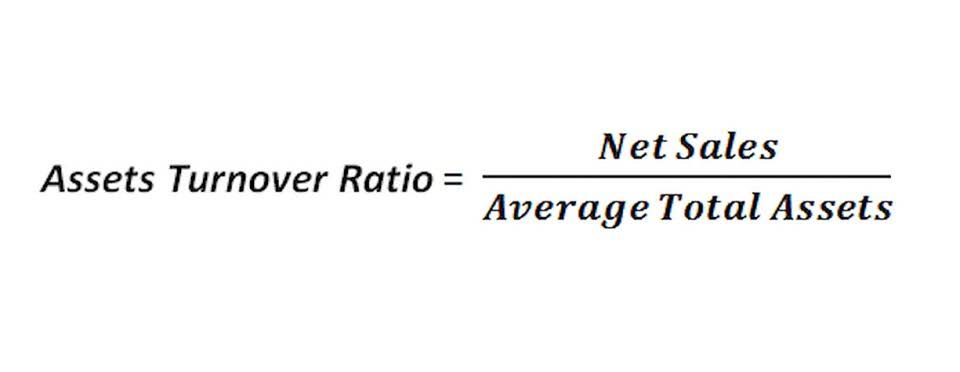Bookkeeping
What Is the Effective Interest Rate Method of Amortizing a Bond?

Because the purchase price of bonds effective interest amortization method calculator can vary so widely, the actual rate of interest paid each year also varies. Notice that under both methods of amortization, the book value at the time the bonds were issued ($96,149) moves toward the bond’s maturity value of $100,000. The reason is that the bond discount of $3,851 is being reduced to $0 as the bond discount is amortized to interest expense.

How to Find the Effective Interest Rate
The amount of the discount amortized in year 2 is the difference between the interest expense of $47,462 and the interest payment of $40,000 i.e. $7,462. Under IFRS, bonds are reported as a liability on the balance sheet at the amount of the sales proceeds net of issuance costs. Under US GAAP, they are reported at the amount of the sales proceeds, ignoring any bond issuance costs. The schedule below shows how the premium is amortized under the effective interest method.
- The amount of the discount amortized in year 2 is the difference between the interest expense of $47,462 and the interest payment of $40,000 i.e. $7,462.
- Unlike the straight-line method, which evenly distributes interest expense over the loan term, the effective interest method takes into account the changing balance of the loan or bond.
- Investors and analysts often use effective interest rate calculations to examine premiums or discounts related to government bonds, such as the 30-year U.S.
- This fundamental difference leads to varying impacts on financial statements and the portrayal of an entity’s financial health.
- The complexity of this method, however, requires a more detailed understanding of financial principles and more sophisticated calculations, which can be a drawback for entities with limited accounting resources.
- This dynamic adjustment ensures that the interest expense recognized in each period accurately reflects the bond’s amortized cost, maintaining consistency in financial reporting.
Amortization Under Effective Interest Method

As with the discount example, the total interest expense over its lifetime under the straight-line and the effective interest methods is the same. The partial balance sheet from our article on bonds issued at a premium shows that the $100,000, 5-year, 12% bonds issued to yield 10% were issued at a price of $107,722, or at a premium of $7,722. Understanding amortization helps simplify loan management by breaking down each payment into interest and principal, showing how your balance decreases over time. This makes budgeting easier and helps you track progress on loans like mortgages, car loans, or student loans. Learn how the effective interest method enhances bond amortization accuracy and its application in bond accounting. The effective interest rate is a more accurate figure of actual interest earned on an investment or the interest paid on a loan.
Actual Interest Earned
As a result, it is the method that is required under IFRS and preferred under US GAAP. It applies the market rate in effect when a bond is issued to the bond’s current amortized cost to obtain interest expense for the period. The difference between the interest adjusting entries expense and the interest payment is the amortization of the discount or premium. The effective interest method’s application in bond accounting extends beyond mere compliance with accounting standards; it offers a deeper insight into an entity’s financial dynamics. By aligning interest expenses with the bond’s carrying amount, this method provides a more accurate representation of the cost of borrowing, which is invaluable for stakeholders assessing the entity’s financial health.
Bond Issued at Premium

You can use the PMT function to https://www.bookstime.com/ find the total monthly payment by entering your monthly rate, loan term, and loan amount. Excel also has PPMT and IPMT functions that break down each payment into principal and interest, allowing you build an amortization schedule. Since the sales proceeds ($942,136) is less than the bonds’ face value, the bonds were issued at a discount of $57,864.

The effective interest method is used to distribute the interest expense over the whole life period of a financial instrument. The effective interest method of amortization is a process used to allocate the discount or premium on bonds, or other long-term debt, evenly over the life of the instrument. The effective interest rate calculation is commonly used in relation to the bond market. The calculation provides the real interest rate returned in a given period, based on the actual book value of a financial instrument at the beginning of the period. If the book value of the investment declines, then the interest earned will decline as well.
- Under the effective interest method, the effective interest rate, which is a key component of the calculation, discounts the expected future cash inflows and outflows expected over the life of a financial instrument.
- The effective interest rate calculation reflects actual interest earned or paid over a specified time frame.
- Still, it can result in large differences in your investment’s future value in the longer-term.
- As interest is accrued, the carrying amount increases due to the amortization of the discount.
- Under IFRS, bonds are reported as a liability on the balance sheet at the amount of the sales proceeds net of issuance costs.
- The bond’s carrying value in Column 6 is thus increased by $508, from $92,976 to $93,484.
- In this article, we will delve into the details of the effective interest method of amortization, its benefits, and how it is calculated.
Online Amortization Calculators
- A bond with a par value of $1,000 and a coupon rate of 6% pays $60 in interest each year.
- The rate takes into account the effect of compounding interest along with all the other costs that the borrower assumes for the loan.
- Throughout this tutorial, you will also learn valuable Excel tools and functions that will be useful in other Excel-related tasks.
- Therefore, the bond discount of $5,000, or $100,000 less $95,000, must be amortized to the interest expense account over the life of the bond.
- The coupon rate is the amount of interest generated by the bond each year, expressed as a percentage of the bond’s par value.
- If the central bank reduced interest rates to 4%, this bond would automatically become more valuable because of its higher coupon rate.
- The interest expense based on straight-line amortization for the period between 2 January 2020 and 1 July 2020 is $6,702.
Under the effective interest method, the effective interest rate, which is a key component of the calculation, discounts the expected future cash inflows and outflows expected over the life of a financial instrument. In short, the interest income or interest expense recognized in a reporting period is the effective interest rate multiplied by the carrying amount of a financial instrument. The initial journal entry to record the issuance of the bonds, and the final journal entry to record repayment at maturity would be identical to those demonstrated for the straight-line method. However, each journal entry to record the periodic interest expense recognition would vary and can be determined by reference to the preceding amortization table.
I hope that you were able to apply the methods I showed in the tutorial to create an effective interest method of amortization calculator in Excel. Also, you should try changing the input values to some extent and see how the table values change. If you get stuck in any steps, I recommend going through them a few times to clear up any confusion. Premium amortization is a method that spreads the total premium amount received when issuing a bond in a series of periodic payments that are based on the effective interest rate. A company issues $1,000,000 face value of seven-year bonds when the market interest rate is 5%.
